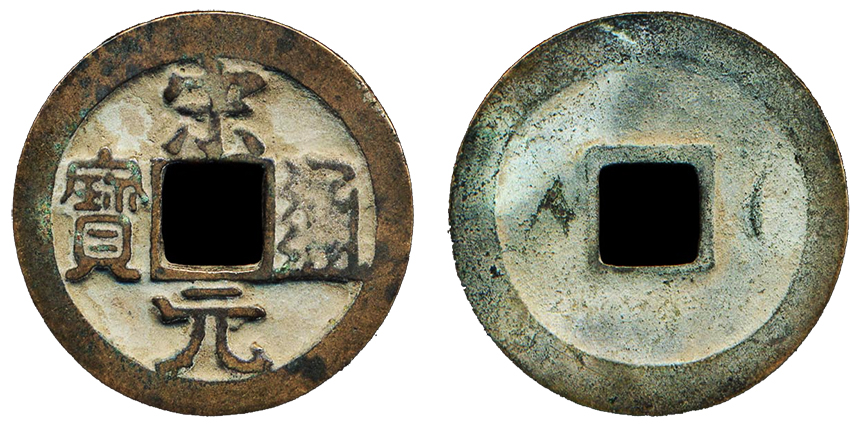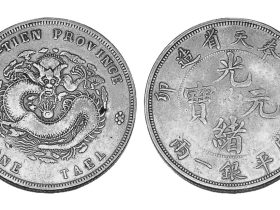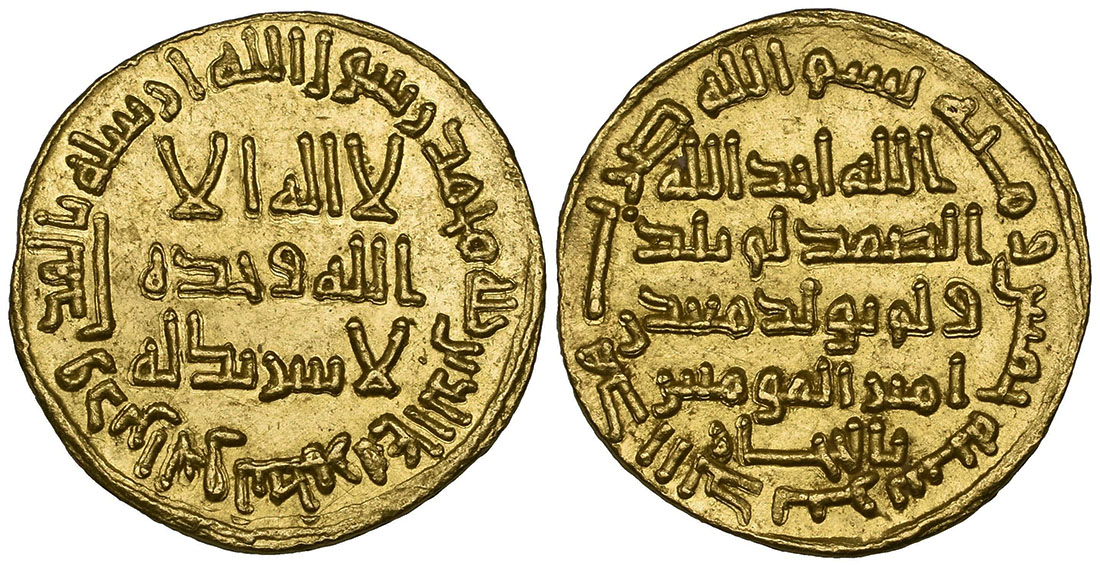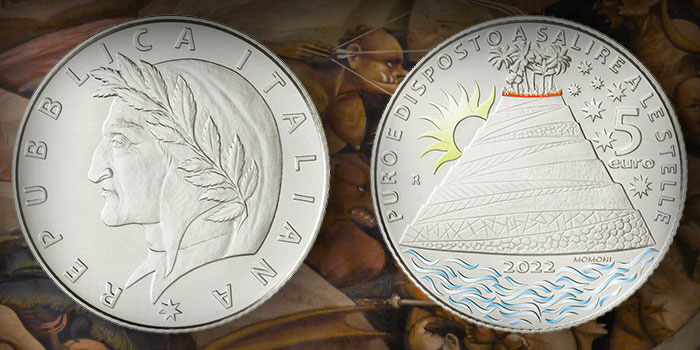Three thousand years of development produced an astounding variety of coins from ancient China. Guide on the different kinds of coins cast in China since the ancient times.
Before its unification, China was divided into small states. Following advances in commerce, agriculture, military and art, stronger states absorbed the weaker ones.
This led to a constant power struggle creating thousands of varying currencies which became the foundation of Chinese coinage.
Large-scale production of ancient Chinese coins was streamlined through different casting techniques. The casting process evolved as better metalworking technologies were discovered.
Cowry shells were considered valuable objects during the Shang Dynasty (1700 – 1046 BC). However, the first real currencies were the Yi Bi Qian (Ant-Nose Money) and Gui Lian Qian (Ghost Face Money).
How old are Chinese coins?
The Zhou Dynasty (1066 – 256 BC) became the pioneer of Chinese coinage when they started using spade and knife coins. Chinese spade money was based on a weeding tool while daggers and swords were the basis of Chinese knife coins.
Round coins, or Chinese cash, also made its way into circulation in this period with knife and spade coins. Cash coins cast in areas where knife money was used have square holes and were denominated in huai. Those minted in spade money areas have round holes and carried the jin and liang values.
The popular bronze ban liang (half a liang) coins were first minted during the Warring States Period (476 – 221 BC). A liang is equivalent to 24 zhu, roughly 16 grams. Thus a ban liang coin weighs around 8 grams. The government allowed private minting resulting in the many types of ban liang coins. In later periods, ban liang coins retained the inscriptions even if they weigh less than 8 grams.
The Qin Dynasty (221-207 BC), through leader Qin Shi Huang Di, unified China for the first time. The unification ushered the standardization of currency. Two coins were produced during the reign of Emperor Qin: a gold coin (yi or jin) for the upperclassmen and the ban liang coins for the commoners.
The first dynasty to embrace Confucianism was the Han Dynasty (202 BC – 220 AD) which was founded by Liu Bangafter the end of the Qin Dynasty. This era made great advances in culture and the arts.
Three types of coins were minted during the early years of the Han dynasty: ban liang, san zhu and wu zhu. Ban liangs were denominated in 12, 8 and 4 zhus. Another innovation of the Han was the inclusion of rims to protect the inscriptions from wear.
The wu zhu coin was first minted under Emperor Wu in 118 BC. It became the longest used coin type in Chinese history by replacing the ban liang coins.
The short-lived Xin Dynasty (9- 23 AD) of Emperor Wang Mang replaced the Han Dynasty. Coinage reforms reinstated the use of knife and spade coins as well as silver, gold and cowry shells. All these currencies circulated with round coins.
All in all, there were 28 denominations. This led to confusion which prompted the authorities to abolish the system in 14 AD. Huo quan (money coin) and huo bu (money spade) became the standard currency weighing 5 zhus and 5 huo quan, respectively.
The Han Dynasty rose to power and was re-established by Emperor Guang Wudi. Wu zhu coins became the standard currency once again.
The collapsed of the Han Dynaty was followed by a long period of unrest and disunity. The first period is referred to as Three Kingdoms (220 – 280 AD) – Wu Kingdom in the east, Wei to the north and Shu to the west.
Wu Kingdom (222 – 280) circulated the Da Quan Wu Bai (Large Coin, Five Hundred), Da Quan Dang Qian (Large Coin, worth a thousand), Da Quan Er Qian (Large coin, Two Thousand) and Da Quan Qu Quan (Large Coin, Five Thousand) coins.
Wei Kingdom (222 – 265) continued the circulation of the wu zhu coins of the Han Dynasty.
The Shu Kingdom (221 – 265) issued coins with different denominations: Zhi Bai (Value One Hundred), Zhi Bai Wu Zhu(Value One Hundred Wu Zhu), Tai Ping Bai Qian (Tai Ping One Hundred Cash), Ding Ping Yi Bai (Ding Ping One Hundred) and Zhi Yi (Value One).
The defeat of the Kingdom of Wu marked the reunification of China through the Jin Dynasty (265 – 420 AD). Historical records do not mention mintage of coins except for a note regarding the continued use of wu zhu coins from the Wei Dynasty. During this period, the sixteen independent states in the north minted some of the most interesting coins n Chinese history.
The Former Liang Kingdom (301 – 376 AD) cast the Liang Zao Xin Quan (Liang Made New Coin) attributed to King Zhang Gui. The Later Zhao Kingdom minted the Feng Hou (Coin of Abundance), a coin that is said to bring wealth when kept. One very interesting coin of the period is the Han Xing cast by the Cheng Han Kingdom (303 – 47 AD). This was the first usage of period title in Chinese coin inscriptions.
The collapse of the Jin Dynasty led to another era of disunity and civil war referred to as Southern and Northern Dynasties (420 – 589 AD). All dynasties of this period minted coins.
Both northern and southern dynasties permitted private minting that led to some poorly-made coins. One of these coins is the “fringe rim” coin which doesn’t sink in water and can be easily broken.
The northern dynasties instituted stricter quality control on coin production thereby improving the quality of cash coins from the northern dynasties. The Northern Chi Dynasty (550 – 577) circulated the Chang Ping Wu Zhu (Constant and Regular Wu Zhu), a finely-made coin with the same inscription on both sides.
Few square and round coins, some without a hole in the middle, may have been cast during this time. The obverse is frequently inscribed with the coin’s weight (3 or 4 zhus) and a place name is marked on the reverse.
The short-lived Sui Dynasty (589-618 AD) unified China once again. It would become the foundation of the succeeding dynasties, especially the Tang. The wu zhu coin with a wide rim was the only coin type that the Sui dynasty minted.
The demise of the Sui Dynasty was followed by a period of prosperity and advancement, Tang Dynasty (618 – 907 AD). In coinage, The Tang dynasty was the first the only period wherein coins became larger.
The primary coin during the Tang was the Kai Yuan Tong Bao (The Inaugural Currency). Kai Yuan translates to “to open a new beginning.” It set new standards in casting, style and calligraphy.
Most kai yuans bear a crescent mark on the reverse. Legend has it that Empress Wende stuck one of her fingernails on the wax mould forming the crescent imprint. Other common oddities in Tang coins are cloud, sun and moon figures.
53 years of disunity, referred to as Five Dynasties and Ten Kingdoms (907-960 AD), followed the collapse of Tang Dynasty. North China was divided into five successions of dynasties. Southern China, on the other hand, was divided into ten states with better political divisions. The strife in the north was detrimental to the quality of the coins. The coins minted by the five dynasties were of poor quality.
Iron and lead coins circulated with those made of bronze and copper through this period. A single denomination can be in two or more types of metal such as the case of the Tian De Zhong Bao of the Min Kingdom (909-945) which existed in both iron and bronze.
China was unified again by the Song Dynasty (960 – 1279). The Song dynasty produced a complex series of coins. Song emperors used many reign titles and different calligraphy styles were used in the coins.
A particular type of coin is the “matched coin” (dui qian). These are coins with inscriptions of different calligraphic style but identical make (rim, thickness, hole and size). This is a unique feature of Northern Song coins.
The Tian Sheng Yuan Bao is an example of a dui qian. It existed in seal, li and regular scripts; attributed to Emperor Ren Zong who used “tian sheng” as the period title of the years 1023 to 1031.
The Khitan people established the Liao Dynasty (907 – 1125 AD) in parts of Northern China, Manchuria and Mongolia. The Liao cast a limited number of crude coins with calligraphies in both Khitan and Chinese languages.
Also known as the Tangut Empire, the Western Xia Dynasty (1038 – 1227 AD), was formed when Tangut chieftain Li Yuanhao named himself emperor of Da Xia. Prior to becoming an empire, the Tanguts had been subjects of China since the Tang Dynasty.
Like the Khitans, the Tanguts have their own written language which they used, with the Chinese script, as inscriptions in the coins that they produced. Their language is considered extinct and some of the inscriptions have not been deciphered.
Also known as the Jurchen Empire, the Jin Dynasty (1115 – 1234 AD) was founded by Wanyan Aguda in Northern Manchuria. The Jin conquered Northern China by conquering the Liao and defeating the Song Dynasty. Liao and Song coins were used early on the Jin rule. In 1158, the Jin Dynasy made their own coins and later used coins, notes and silver.
Coins cast during this period were of superb quality and excellent calligraphy. The Fu Chang Yuan Bao, Fu Chang Tong Bao and Fu Chang Zhong Bao were three of the finest Jin coins. They were minted during the puppet regime of Emperor Liu Yu who used “Fu Chang” as his period title.
Casting coins became unprofitable when inflation starts to hit the Jin Dynasty economy. Mints were closed down and coin production ceased for 30 years prior to the defeat of the Jin by the Mongols.
Kublai Khan (Emperor Shi Zu), the grandson of Mongol conqueror Genghis Khan, conquered the whole Chinese Empire and established the Yuan Dynasty (1271 – 1368 AD) with its capital in Beijing. Casting of coins during the Yuan reign was limited due to the predominant used of paper money made of cotton and mulberry bark paper.
Through Kublai Khan’s order, the Phags-pa alphabet was created by Sribhadra, a Tibetan Lama, to standardize the writing in the multi-cultured Yuan dynasty. The new alphabet was used in some Yuan coins. The Zhi Yuan Tong Bao(Mongol, Je Uen Tung Baw) featured the Phags-pa script in its obverse inscription.
A peasant revolt started the collapsed of the Yuan Dynasty. The Ming Dynasty (1368 – 1644 AD) eventually took over and established a new era of political and economic stability.
Coins and notes were both used in the early years of the Ming Dynasty. At the beginning of the 16th century, silver coins became the main currency and silver dollars from other trading countries, like Spain and Portugal, were accepted.
The use of silver coins, plus rampant counterfeiting, affected the quality and mintage of coins. In the southern states, coins became deprecated and cloth, grain, silver and cowries were used instead. To make casting easier, zinc was used. From then on, all coins minted were brass coins.
Milled rim coins (xuanbian) from the Peking Mint became highly priced because of their smooth and even rims. Gold-reverse (jin-bei) coins from the Nanking Mint were also valued because of their gold-like luster.
Weakened by rebellion and war, the Ming dynasty finally crumbled when Ming Emperor Chongzhen committed suicide after the capture of Beijing by Li Zicheng. This marked the beginning of the Qing Dynasty (1644 – 1911).
Silver and cash coins were used for large and small transactions, respectively. Privately-minted coins and old coins from previous dynasties were still in circulation that it is common to encounter several coin types in a single transaction.
Mint name was added into the coin’s reverse. Coin production increased dramatically that copper had to be exported from Japan. The lack of copper significantly increased the price of coin minting leading to coins of poor quality.
Before the end of the 19th century, machine-struck coins were produced. The Guang Xu Yuan Bao by Emperor De Zong is one of the best examples. Struck coins, however, did not circulate until the creation of the First Republic of China.
Chinese cast coinage was eventually abolished. Its use continued in rural China and in Indonesia for some more years before demonetization.











Leave a Reply